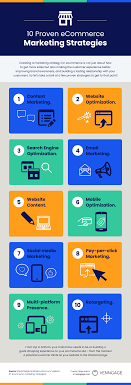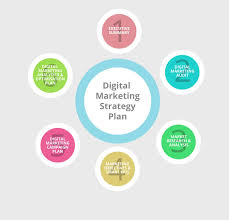The Power of a Graphic Design Portfolio
Graphic design is a visual form of communication that plays a crucial role in marketing, branding, and storytelling. A graphic designer’s portfolio is not just a collection of work; it is a representation of their skills, creativity, and unique style.
Having a well-curated graphic design portfolio is essential for showcasing your talents to potential clients or employers. It serves as a visual resume that highlights your best work and demonstrates your ability to solve design challenges effectively.
Your portfolio should showcase a diverse range of projects that demonstrate your versatility and expertise in different areas of graphic design. Whether it’s logo design, branding, web design, or print materials, each project should be presented in a visually appealing and organized manner.
When creating your graphic design portfolio, remember to include detailed descriptions of each project, explaining the objectives, challenges faced, and the creative solutions you implemented. Providing context for your work helps viewers understand the thoughts behind your designs and the processes involved.
Furthermore, keep your portfolio updated with your latest work to reflect your evolving skills and style. Regularly reviewing and refining your portfolio ensures that it remains relevant and showcases your best work effectively.
In today’s competitive design industry, having a strong graphic design portfolio can set you apart from the crowd and attract opportunities for exciting projects and collaborations. It is not just a showcase of past achievements but also a tool for opening doors to new possibilities in the world of graphic design.
Remember, your graphic design portfolio is more than just a collection of images; it is your visual identity as a designer. Make sure it reflects who you are as a creative professional and leaves a lasting impression on those who view it.
Top 5 FAQs About Building an Impressive Graphic Design Portfolio
- 1. What should be included in a graphic design portfolio?
- 2. How many pieces of work should I include in my graphic design portfolio?
- 3. How can I make my graphic design portfolio stand out?
- 4. Should I include personal projects in my graphic design portfolio?
- 5. How often should I update my graphic design portfolio?
1. What should be included in a graphic design portfolio?
When considering what to include in a graphic design portfolio, it is essential to showcase a diverse range of projects that demonstrate your skills and creativity effectively. Your portfolio should feature a variety of work samples, such as logo designs, branding projects, web design layouts, print materials like brochures or posters, and any other relevant design pieces that highlight your expertise. Each project should be accompanied by a brief description outlining the objectives, challenges faced, and the creative solutions you implemented. Including a mix of both client work and personal projects can provide a well-rounded view of your capabilities as a graphic designer. Remember to keep your portfolio updated with your latest and best work to make a strong impression on potential clients or employers.
2. How many pieces of work should I include in my graphic design portfolio?
When considering how many pieces of work to include in your graphic design portfolio, quality should always take precedence over quantity. It is recommended to showcase a selection of your best and most diverse projects, typically ranging from 10 to 20 pieces. Including a variety of projects that demonstrate your skills across different design disciplines can provide a comprehensive overview of your capabilities to potential clients or employers. Remember that each piece in your portfolio should be a strong representation of your creativity, problem-solving skills, and attention to detail, ensuring that every project you include contributes positively to showcasing your talent as a graphic designer.
3. How can I make my graphic design portfolio stand out?
To make your graphic design portfolio stand out, focus on showcasing your unique style, creativity, and problem-solving skills. Tailor your portfolio to reflect your personality and design aesthetic, ensuring that each project tells a compelling story. Incorporate a diverse range of projects that highlight your versatility and expertise in different areas of graphic design. Pay attention to presentation and organization, ensuring that your portfolio is visually appealing and easy to navigate. Providing detailed descriptions of each project can give viewers insight into your thought process and creative approach. Regularly update your portfolio with your latest work to demonstrate growth and innovation in your designs. By putting thought and effort into curating a standout portfolio, you can leave a lasting impression on potential clients or employers in the competitive world of graphic design.
4. Should I include personal projects in my graphic design portfolio?
When considering whether to include personal projects in your graphic design portfolio, it’s important to recognize the value they can bring. Personal projects showcase your creativity, passion, and unique style in a way that client work might not always allow. They demonstrate your ability to think outside the box, experiment with different techniques, and explore your interests freely. Including personal projects in your portfolio can also help potential clients or employers understand your design aesthetic and vision more comprehensively. Ultimately, personal projects can be a powerful addition to your portfolio, offering a glimpse into the depth of your skills and the breadth of your creative potential.
5. How often should I update my graphic design portfolio?
Regularly updating your graphic design portfolio is essential to ensure that it reflects your current skills, style, and expertise. As the design industry evolves rapidly, showcasing your latest work demonstrates your growth as a designer and keeps your portfolio fresh and relevant. Aim to update your portfolio at least every few months or whenever you complete a significant project that you are proud of. By consistently refreshing your portfolio with new projects and removing outdated work, you show potential clients or employers that you are actively engaged in the field and committed to delivering high-quality design solutions.




